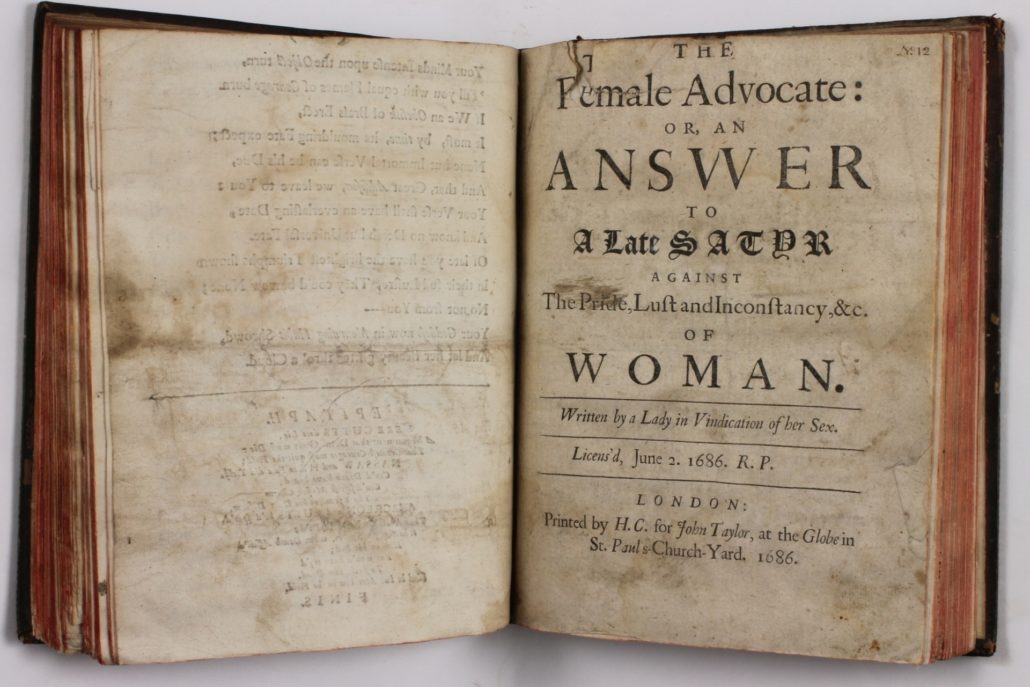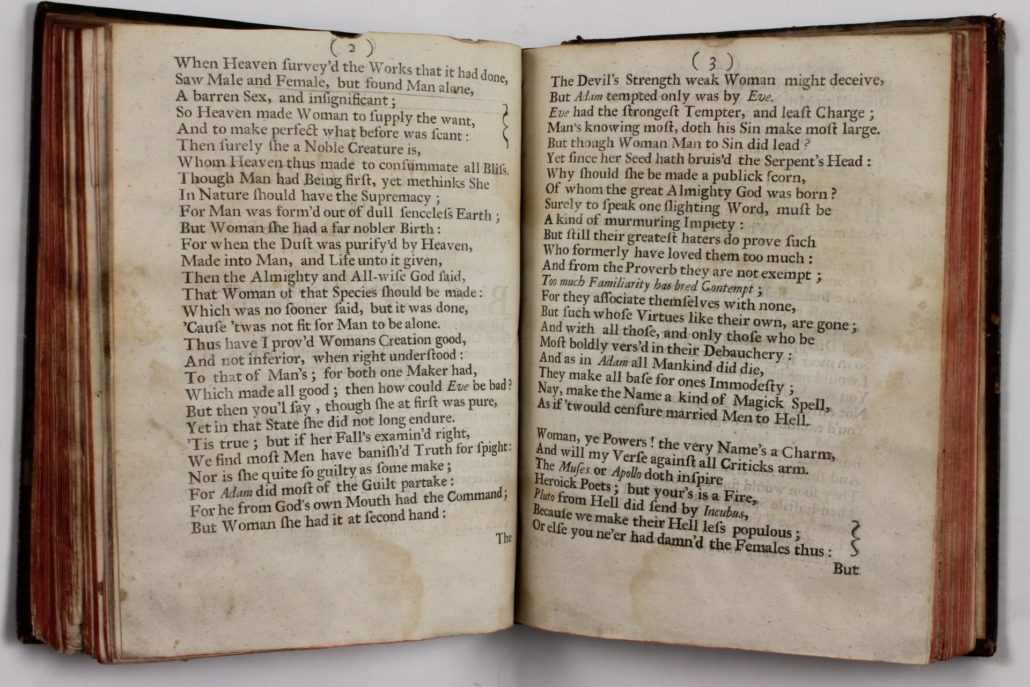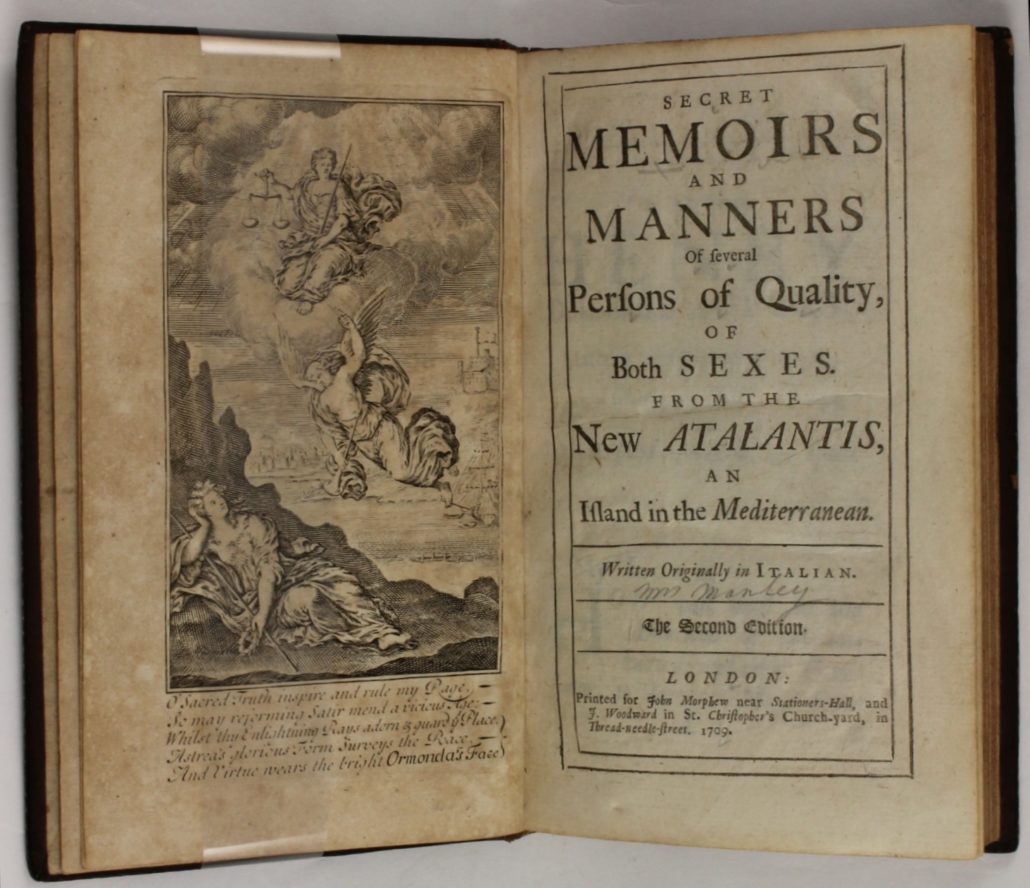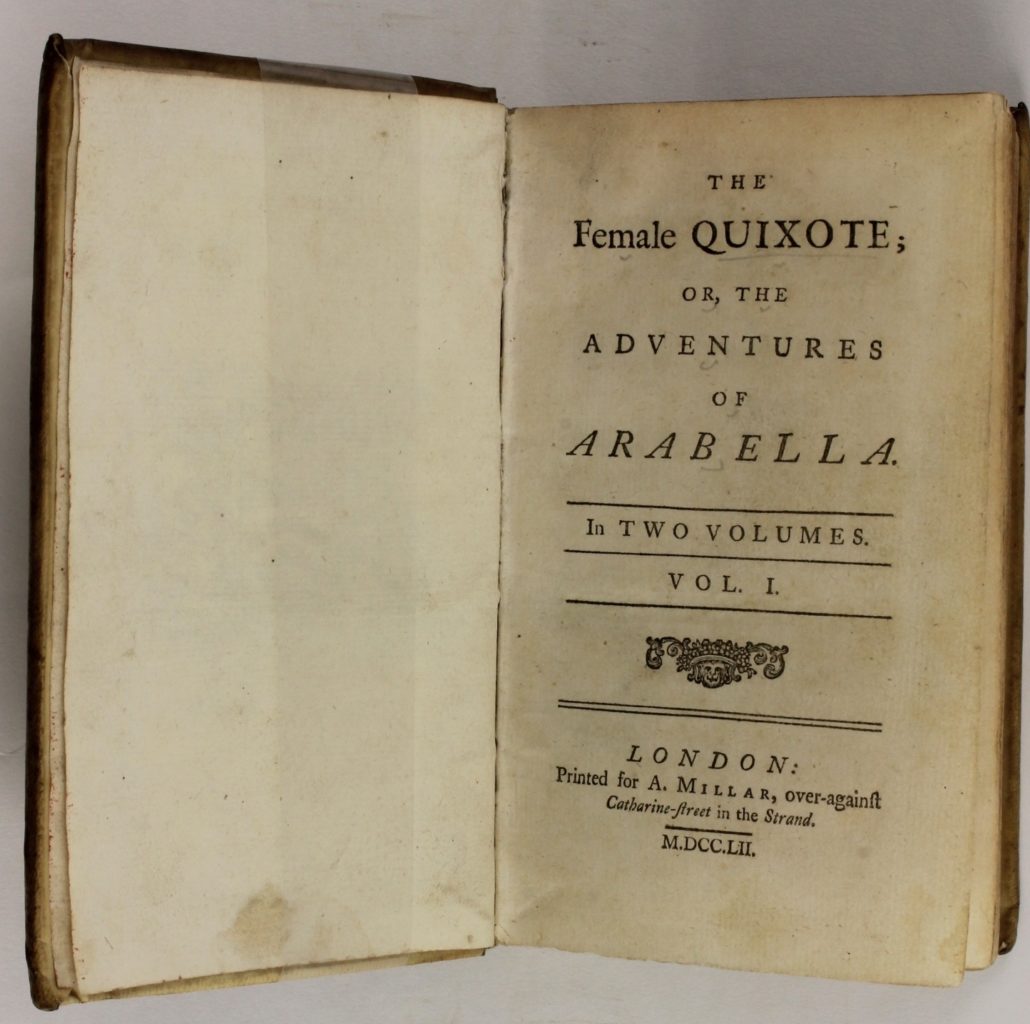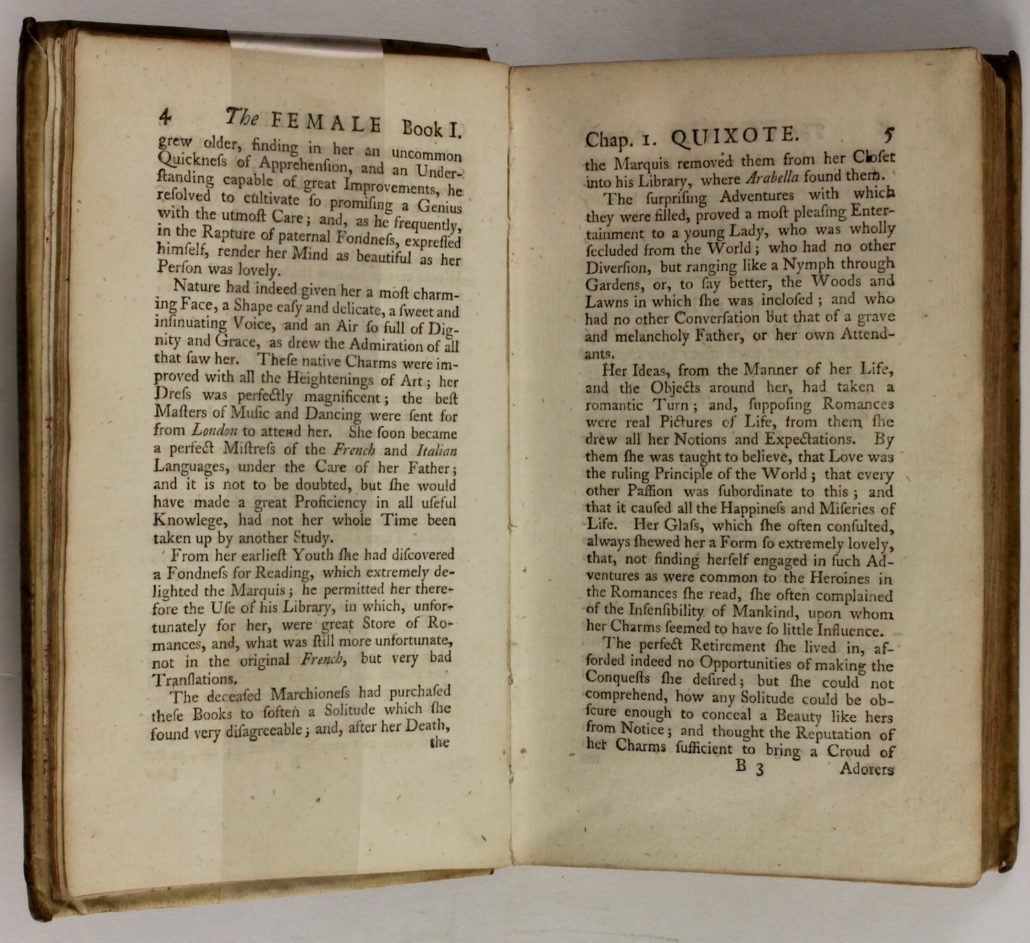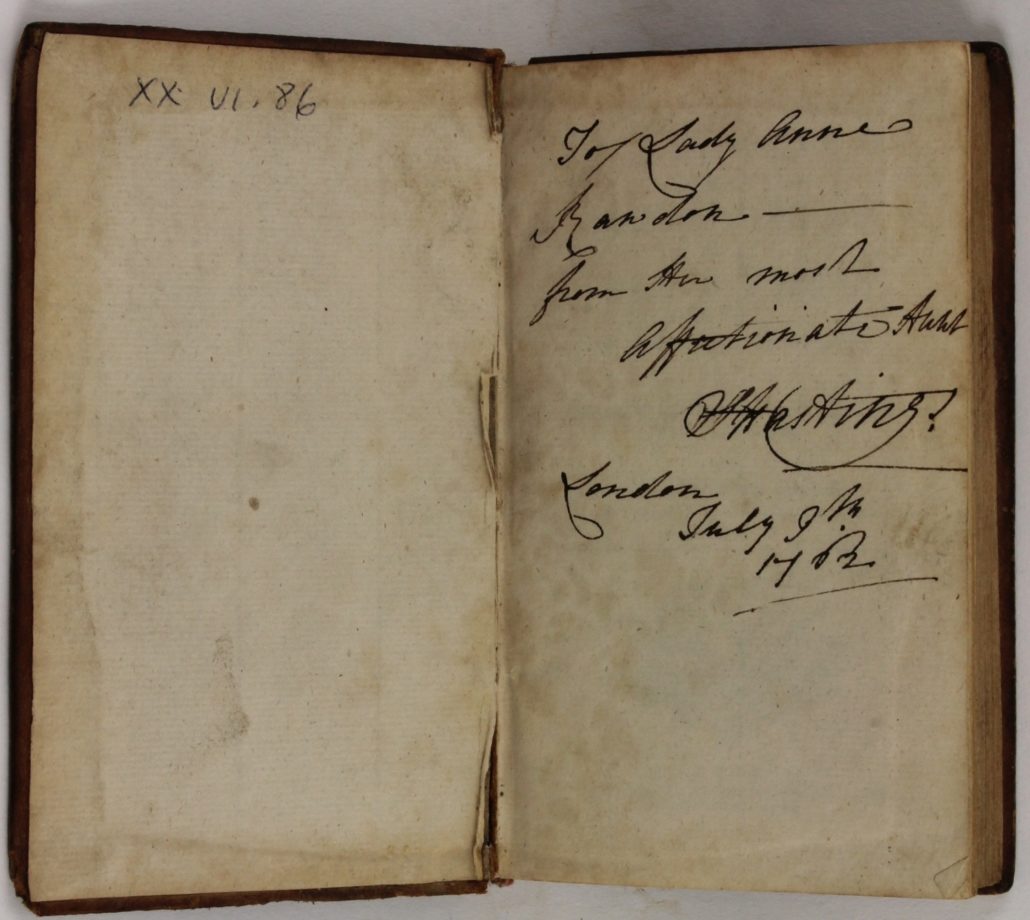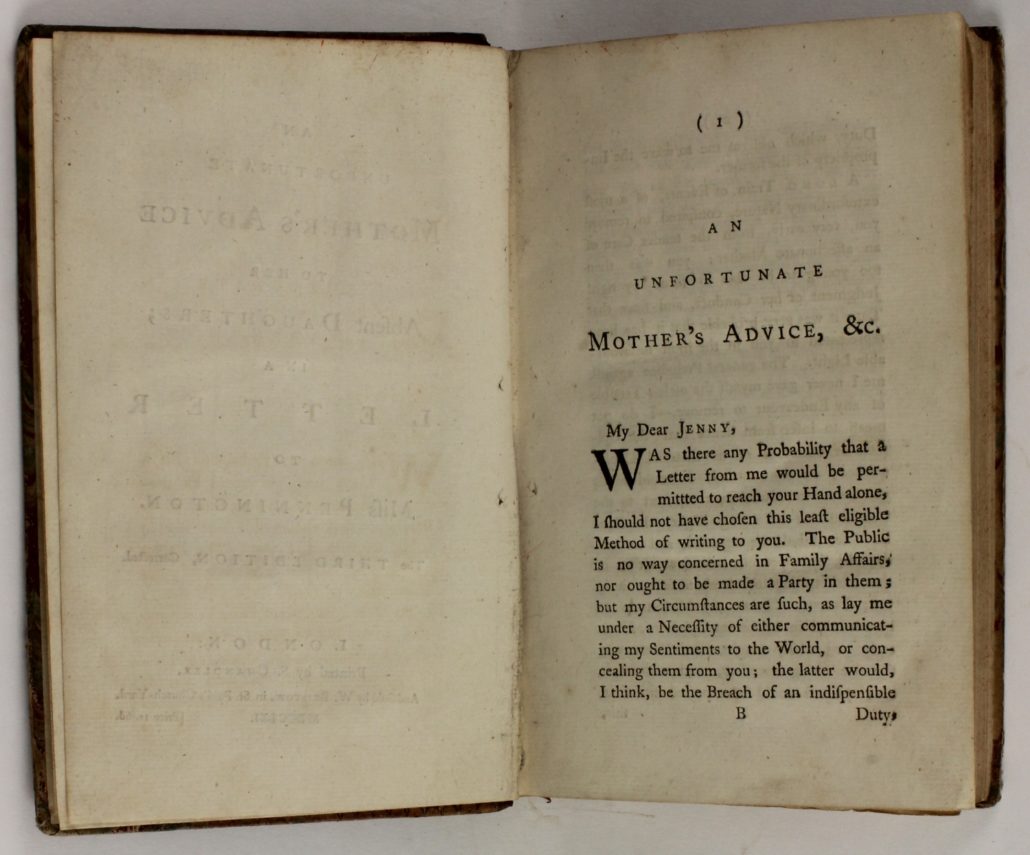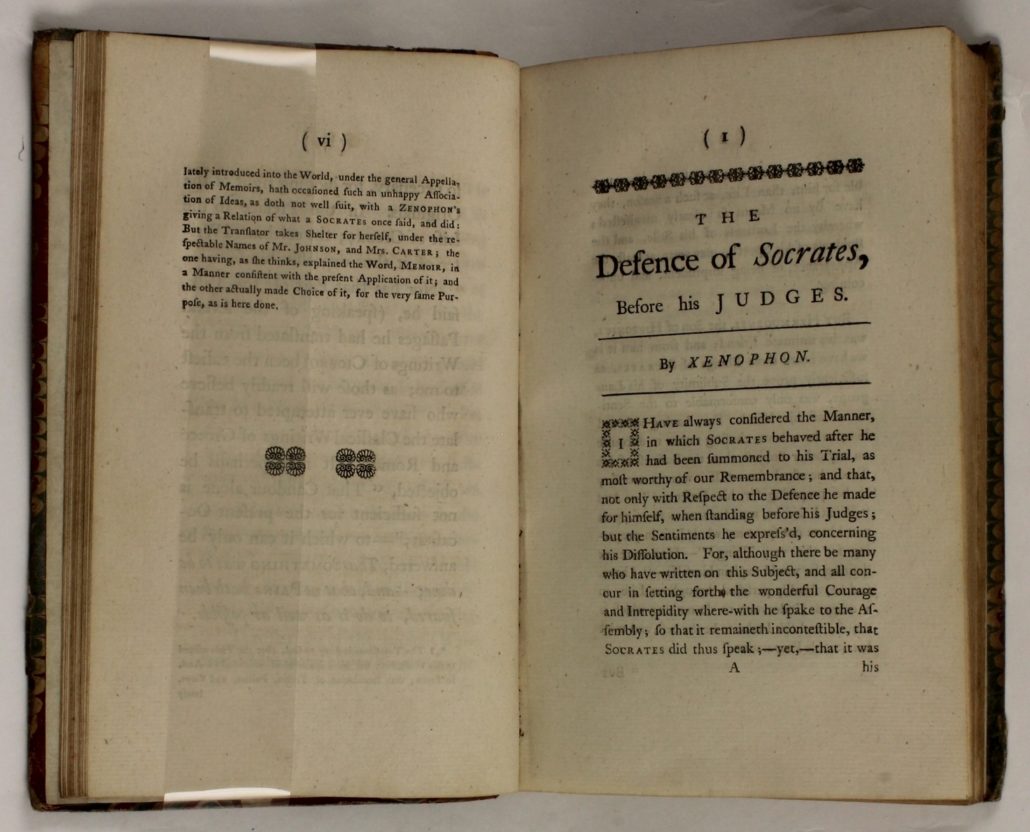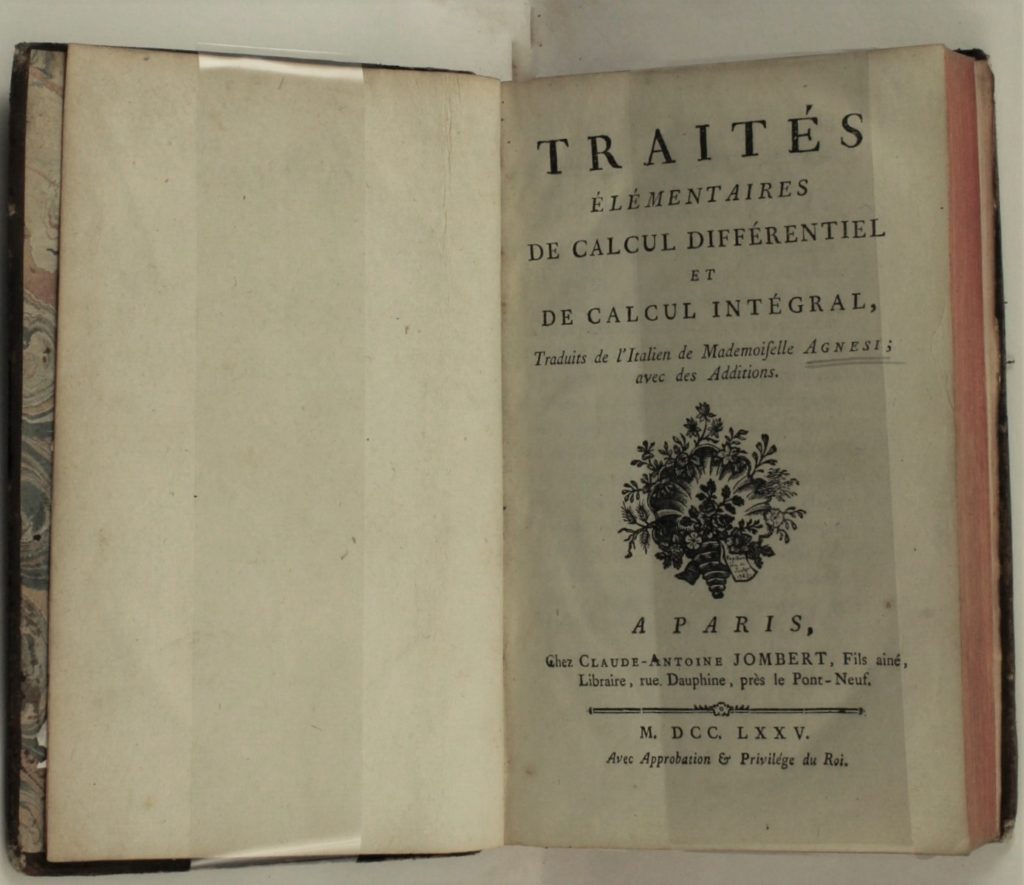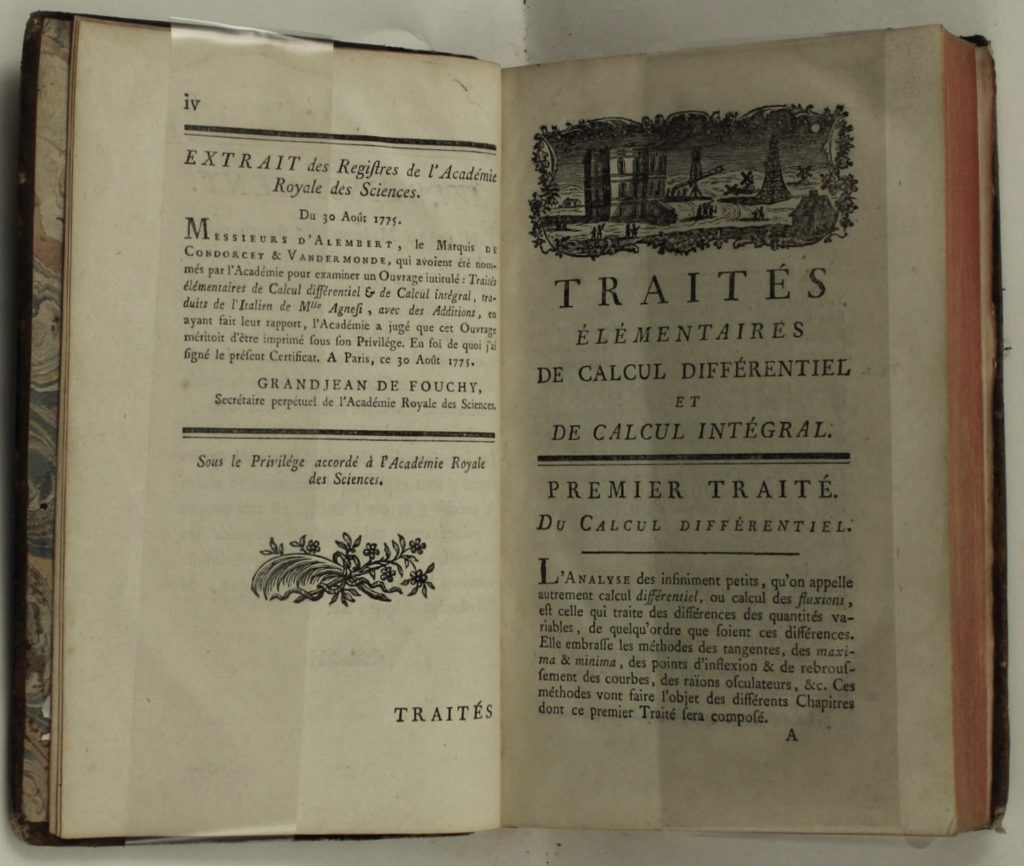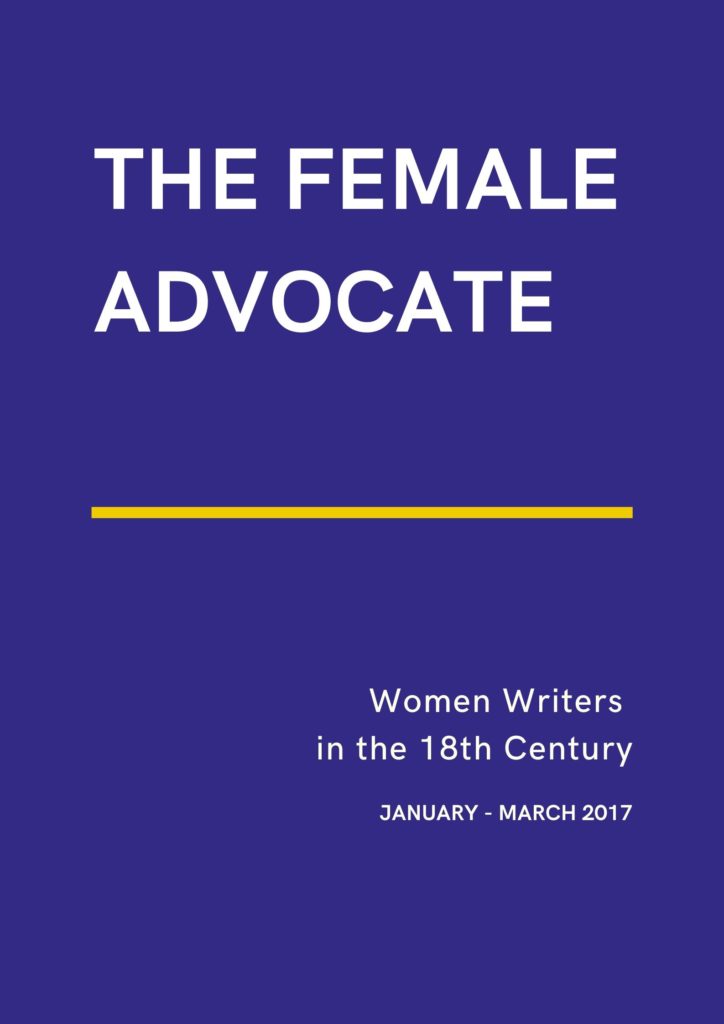
This exhibition shows some of the range of genres and nationalities in 18th-century women’s writing from the Library’s collections. It is held to coincide with International Women’s Day on 8 March 2017.
During the 18th century, well over a thousand women writers in Britain and Ireland published their work. Female authors even outnumbered male authors in a significant number of genres.
Women authors wrote all kinds of literary works: novels, poetry, literary criticism, scientific works, political pamphlets and political satire, travel accounts, cookery books, theology and many more.
The Female Advocate: or An answer to the late satyr against the pride, lust and inconstancy, &c of woman, Written by a lady in vindication of her sex Sarah Fyge 1686 P00137752x
Published when she was 16, Sarah Fyge claimed that she had written this poem when she was only 14. The poem challenges Robert Gould’s satire against women, Love Given o’er: or, a satyr against the pride, lust and inconstancy &c of woman (1682).
In almost 700 lines, the poem defends women by citing a number of historical figures who acted bravely and faithfully.
For example, she cites the Roman heroine Lucretia and the women of Wensberg, Germany, who smuggled their husbands out of the besieged city). She also denies that women are guilty of pride and lust, as in Gould’s earlier poem. The poem was reprinted 4 times in her lifetime.
In the passage on display here, she defends Eve in an account of Genesis.
Secret Memoirs And Manners Of Several Persons Of Quality Of Both Sexes. From The New Atalantis, An Island In The Mediterranean. Written originally in Italian. Delarivier Manley 1709 P001359459
This work exposes the corruption of the ruling Whig party. Knowing that the work would be controversial, Manley pretended that the book was a translation of an Italian book. This, however, did not prevent her from being arrested and imprisoned one week after the publication of the second volume, although she was later tried and discharged.
The stories of corruption by the noblemen of the ‘New Atalantis’ are told to Astrea, the female symbolic figure of Justice (here shown holding the scales of Justice). Readers quickly recognised the contemporary politicians who were thinly disguised under fictional names.
Armagh Public Library also owns a first edition copy of Manley’s political pamphlet, A True Narrative of what Pass’d at the Examination of the Marquis of Guiscard (1711).
The Rash Resolve: or, the Untimely Discovery. A novel. In two parts. By Mrs. Eliza Haywood. Eliza Haywood 1724 P001010529
Eliza Haywood, whom Jonathan Swift thought a ‘stupid, infamous, scribbling woman’, was one of the best-known and popular women writers of the 18th century. She produced a large number of works, such as novels, plays, translations, scandal memoirs, poetry, literary criticism and periodicals.
In The Rash Resolve the main character Emanuella is seduced by Count Emilius, bears an illegitimate son and dies – a storyline not uncommon in amatory fiction, stories which focus on sexual curiosity or desire.
However, The Rash Resolve contains some unusual features:
- Emanuella’s cousin Berillia deceives Emilius in order to keep Emanuella close to herself
- Emilius and Emanuella have exchanged ‘binding vows’ although the Marriage Act did not exist until 1753
- Emanuella does not return to Emilius, but wants to keep her independence.
Poems on Several Occasions Mary Goddard 1748 P001381268
Mary Goddard was the widow of a Church of Ireland curate, the Revd Valentine Goddard.
This volume of poems was published to supplement her low income as a hat maker after the death of her husband. Although most of the poems are by Mary Goddard herself, there are several by gentlemen friends, who included Edmund Burke, an obscure young man of 18 in 1748, who would go on to be famous as a writer, philosopher and politician.
The volume did not include Goddard’s name on its title-page but it was clearly advertised as hers in the press. For example, the Dublin Journal (19-23 July 1748) announced as published This Day, Poems on several Occasions by Mrs Goddard. Many of the poems openly identify her as a woman writer, some, specifically, as a widow.
Entertaining history of the female Quixote, or the Adventures of Arabella. Containing a remarkable account of her reading romances, which had such an Effect on her, that every Man she saw on Horseback she imagined was a Knight, and every Farm-House a Castle; with many diverting Stories. Charlotte Lennox 1752 P001386529
This work is an early abridged version of Lennox’s most famous novel, The Female Quixote, a comic parody of Cervantes’ Don Quixote. Like the elderly Don Quixote, who mistakes himself for a knightly hero who can perform marvellous deeds, Arabella imagines herself to be the heroine of a fantastical romance.
She expects her suitors to behave as they do in romance fiction: they must court her for decades and risk their lives in daring feats of chivalry. Her love of romance fiction causes many comical and melodramatic misunderstandings.
Although the first editions of The Female Quixote were published anonymously, the fact that Lennox had written the book was no secret.
Magasin des adolescentes, ou dialogues entre une sage gouvernante, et plusieurs de ses élèves de la premiére distinction Jeanne-Marie Leprince de Beaumont 1760 P001474959
Jeanne-Marie Leprince de Beaumont came to London in 1748 to work as a governess for daughters of aristocratic families.
The Magasin describes the conversations and lessons between a governess, Mrs Affable (in the English translation), and the girls in her charge, as well as fairy tales. The most famous fairy tale in Magasin is Beauty and the Beast.
The handwritten inscription on the flyleaf shows that this book was a gift to Anne Rawdon, the eldest child of the famous salon hostess, Lady Moira.
The Library also owns Anne Rawdon’s copy of Le Prince de Beaumont’s Magasin des enfants (1757) as well as a number of books belonging to her father.
An unfortunate mother's advice to her absent daughters : in a letter to Miss Pennington. By the late Lady Pennington Sarah Pennington 1761 P00132423x
Pennington was separated from her husband after twelve years of marriage. The separation was caused by her flirtatious behaviour in public. She lost almost all contact with her daughters, except for this very public pamphlet.
The pamphlet offers advice to her daughters on how to behave and draws upon Pennington’s own experiences of a less than virtuous life.
In this way The Advice connects two popular genres of the 18th century: the scandal memoir and the conduct book.
There is a sense of sadness at the end of the pamphlet. Pennington signed all the copies of this printed book by hand, after stressing that she is
not the Author of any Epistle, which bears not the MANUAL SIGN of, Your affectionate Mother, [S. Pennington].
Xenophon’s Memoirs of Socrates with the Defence of Socrates, before his Judges, translated by Sarah Fielding Xenophon 1762 P001359122
Sarah Fielding wrote to make a living, publishing many novels and contributing to magazines and journals. This translation of Xenophon was her most ambitious project, and one which she undertook because of pride in her own abilities. The translation shows that she was better in Greek than her highly educated brother, the famous novelist Henry Fielding.
In the preface on the left page, Fielding refers to the authors Samuel Johnson and Elizabeth Carter in support of her use of the word ‘Memoir’. The three were friends and moved in the same literary circles.
The Memoirs begin with an account of the trial of Socrates, who was charged with corrupting the young people of Athens and with godlessness.
Traités Élémentaires de Calcul Différentiel et de Calcul Intégral. Maria Gaetana Agnesi 1775 P001144835
In 1748 Maria Agnesi published Instituzioni Analytiche, ad Uso della Gioventù Italiana, which explains differential and integral calculus to Agnesi’s younger brothers.
This 1775 edition is a French translation of the second volume. It is included in the Registres de l’Académie Royale des Sciences. This privilege indicates how highly regarded this work was throughout Europe.
An English translation was published in 1801, with a preface urging women ‘to forget games of whist, quadrille, back-gammon, and all other games of chance and to take up analytics’.
In 1749 Agnesi was made Honorary Professor of Maths and Natural Philosophy in the University of Bologna, the second woman to hold a university chair in Europe.
Anecdotes of the Late Samuel Johnson [...] During the last Twenty Years of his Life Hester Lynch Thrale Piozzi 1786 P001359769
Hester Piozzi had been writing for decades before she published her first book, this work on the literary giant, Samuel Johnson.
She had become a close friend of Johnson during his many visits to her home in Streatham Park in 1765. After becoming seriously ill, he lived there almost continuously from 1766 to 1781.
Johnson’s stay brought many famous friends to visit, including authors, actors and historians. These gatherings rivalled those of Elizabeth Montagu, hostess of the famous literary Bluestocking gatherings.
The relationship between Piozzi and Montagu was difficult: the postscript from the Anecdotes alludes to criticism which Piozzi appears to have made of Montagu’s Essay on the Genius of Shakespear [sic]. She is quick to deny the allegations.

